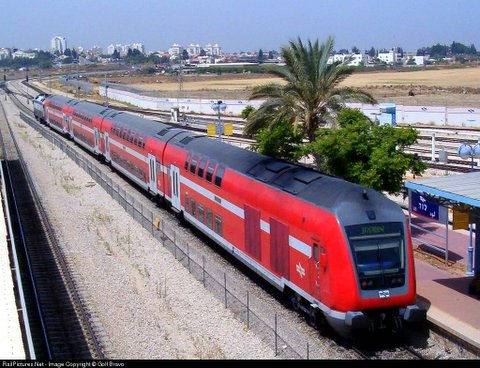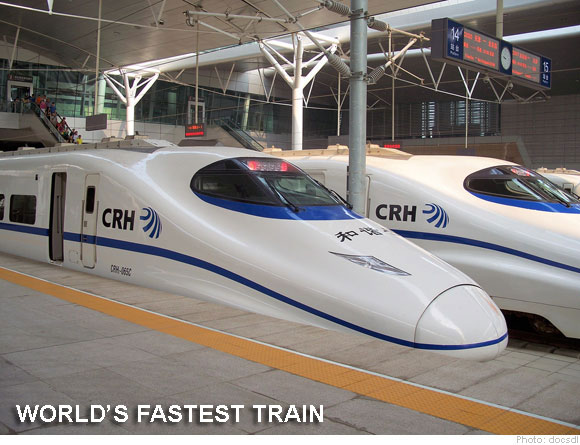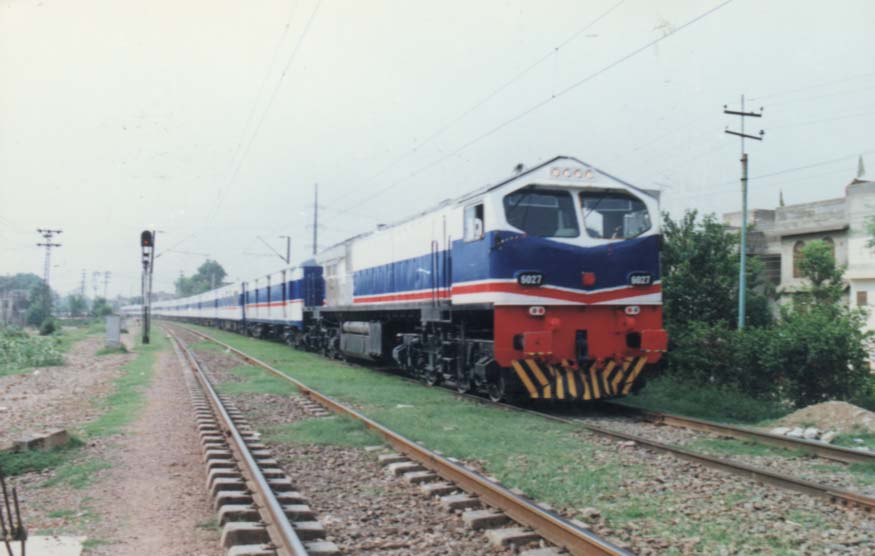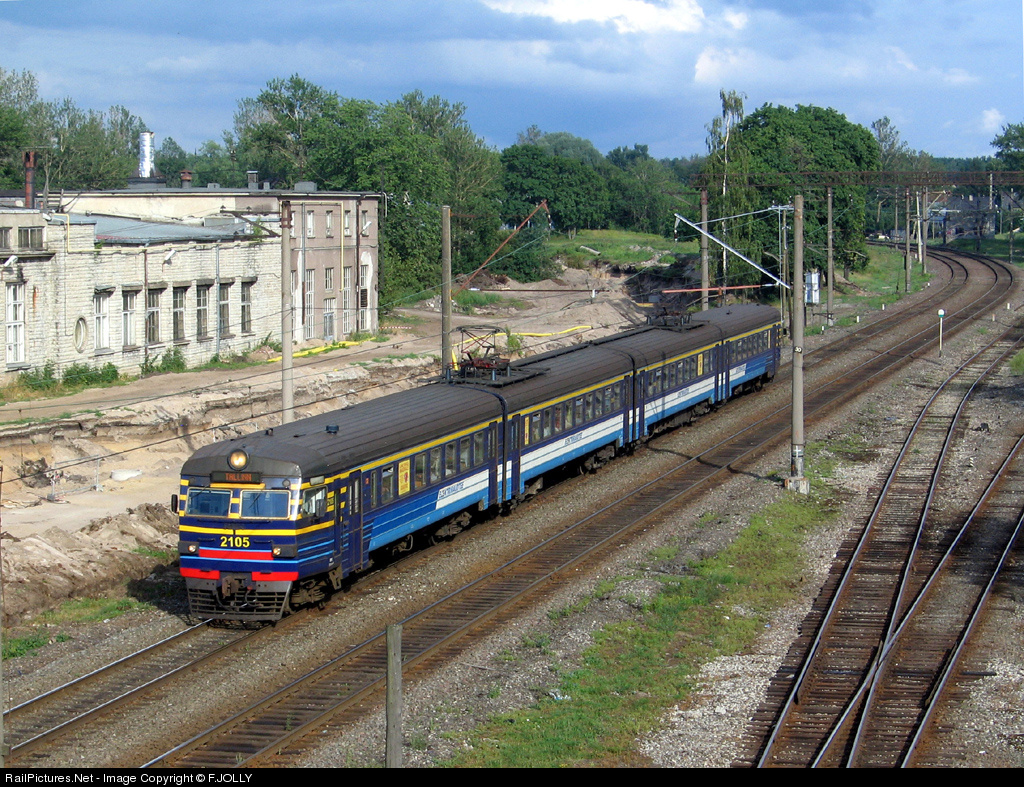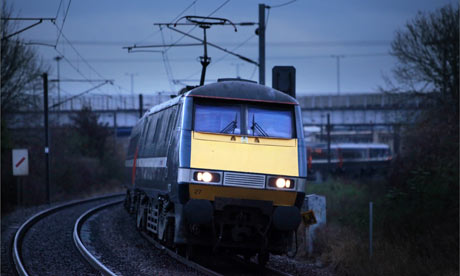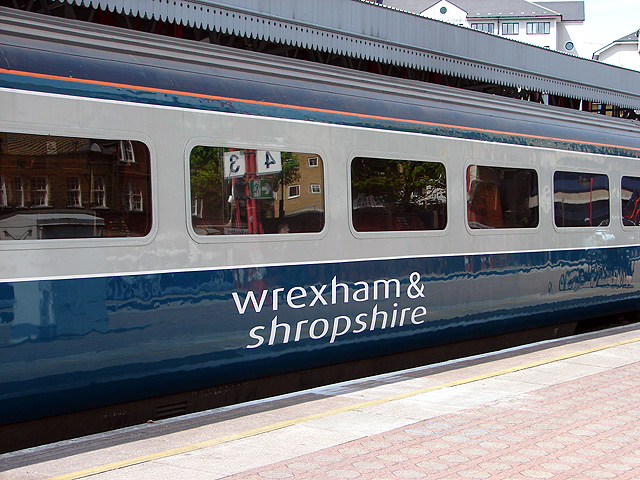The track will connect to the existing line that leads from Beersheba to Dimona and include eight new stations along the way.
The Transportation Ministry published a Request For Information (RFI) on Monday to gauge the private sector’s interest in building a railroad to Eilat.
The publication of the RFI is the first step toward finding a company to take on the role of building the 170-kilometer track from Dimona to Eilat.
According to the Transportation Ministry, the new railway will include 63 bridges and five tunnels.
The track will connect to the existing line that leads from Beersheba to Dimona and include eight new stations along the way, including a station at the as-yet-unbuilt airport in Timna.
Travel time from Tel Aviv to Eilat is expected to take two-and-a-half hours by rail, and it is estimated that the line will cater to 3.5 million passengers per year.
According to the ministry, the track will also carry freight containers from the port of Eilat to the rest of the country and assist in reducing truck transport across the country, freeing up the roads, reducing pollution and reducing accidents.
Transportation Minister Yisrael Katz said the Eilat rail project also held social significance and that its construction would bring residents of the periphery closer to the heart of the country.
“This is a plan that will significantly reduce travel times from the Center to Eilat and create a significant change in Israel’s transportation map,” said Katz.
The railroad to Eilat is part of the government’s transportation reform plan, in which NIS 2.5 billion has been earmarked for planning new roads and railways.
According to the Transportation Ministry, the new railway will include 63 bridges and five tunnels.
The track will connect to the existing line that leads from Beersheba to Dimona and include eight new stations along the way, including a station at the as-yet-unbuilt airport in Timna.
Travel time from Tel Aviv to Eilat is expected to take two-and-a-half hours by rail, and it is estimated that the line will cater to 3.5 million passengers per year.
According to the ministry, the track will also carry freight containers from the port of Eilat to the rest of the country and assist in reducing truck transport across the country, freeing up the roads, reducing pollution and reducing accidents.
Transportation Minister Yisrael Katz said the Eilat rail project also held social significance and that its construction would bring residents of the periphery closer to the heart of the country.
“This is a plan that will significantly reduce travel times from the Center to Eilat and create a significant change in Israel’s transportation map,” said Katz.
The railroad to Eilat is part of the government’s transportation reform plan, in which NIS 2.5 billion has been earmarked for planning new roads and railways.
source: Jerusalem Post

